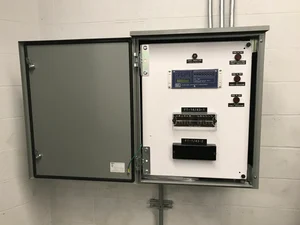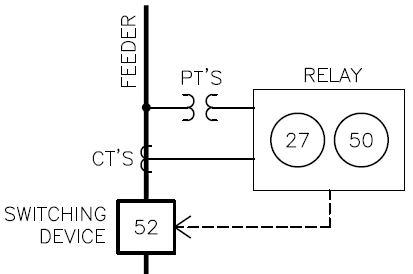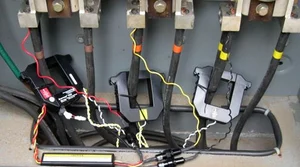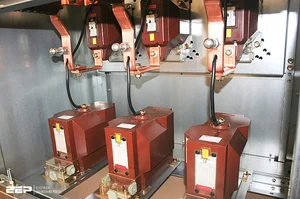Intro to Relays #1 - What are Relays, CTs & PTs?
Protective relays are a complex and critical aspect of electrical engineering, especially in the solar and energy storage industries. While they may seem intimidating at first, this three-part series is designed to break down the basics for non-engineers, helping you understand how these systems work and why they matter.
**Intro to Relays #1 – What are Relays, CTs, and PTs? (below on this page)**
**Intro to Relays #2 – ANSI/IEEE Relay Device Numbers**
**Intro to Relays #3 – What does SEL stand for?**
**What is a Relay?**
In the context of solar and energy storage, a "relay" typically refers to a "protective relay." These devices continuously monitor the voltage, current, and frequency in an electrical circuit. When an abnormal condition is detected, the relay triggers a switch to isolate the affected part of the system, preventing damage or further issues.
Historically, relays were electromagnetic devices, but today’s modern relays are microprocessor-based—essentially small computers that can process data and make decisions quickly.

**Function of a Relay**
The main purpose of a protective relay is to safeguard electrical systems from damage by isolating faulty components before they cause larger problems. This is done in two key ways:
1. **Prevent failure:** By detecting early signs of issues, relays can act before equipment is damaged.
2. **Mitigate impact:** If a fault occurs, the relay helps limit its effects, reducing downtime and potential harm.
Relays monitor various parameters like current, voltage, and frequency. If any of these values go beyond safe limits, the relay sends a signal to a switch or circuit breaker to open, cutting off power to the affected area.
These systems protect not just the solar PV or energy storage equipment, but also the building or facility it's connected to, and even the utility grid itself.
For example, an overcurrent relay can detect excessive current on a feeder line and trip a circuit breaker to stop the flow. A reverse power relay prevents backfeeding into the grid, protecting utility infrastructure. An overvoltage relay safeguards inverters and transformers from dangerous voltage spikes.
---
**Attention Engineers!**
If you're passionate about technical topics like this, you might be a great fit for Pure Power. Our team of 80 engineers has designed over 2,000 C&I and utility-scale solar projects. Working with such a knowledgeable group can help you grow your career and deepen your expertise.
Check out our open positions here.
---
**How is a Relay Different from a Circuit Breaker or Fused Switch?**
While circuit breakers and fused switches can interrupt a circuit when current becomes too high, their functionality is limited to overcurrent protection. They offer little to no adjustability.
In contrast, a relay is far more versatile:
- **Multi-function monitoring:** It can track current, voltage, frequency, and even power factor.
- **Custom programmable:** Engineers can tailor the relay’s behavior to meet specific project needs.
- **Modular design:** Unlike a circuit breaker, which is an all-in-one device, a relay often includes separate components like CTs, PTs, and a switching device.
This modular approach allows for greater flexibility and precision in system protection.

**What are Current Transformers (CTs)?**
CTs, or Current Transformers, are used to measure high currents in a circuit. Since relays can't handle large currents directly, CTs step down the current to a safer, manageable level—like 0–5 amps from 0–800 amps. This makes it possible for the relay to accurately monitor and respond to changes in current.

**What are Potential Transformers (PTs)?**
Also known as Voltage Transformers, PTs measure voltage and frequency in a circuit. Like CTs, they reduce the voltage to a level that can be safely used by the relay for monitoring and protection purposes.

**Switching Device**
The switching device is responsible for opening or closing the circuit. In most cases, this is referred to as “tripping†the circuit when a fault is detected.
In large-scale utility systems, the switching device might be a vacuum circuit breaker or recloser. In commercial settings, it could be a standard circuit breaker with a shunt trip mechanism.
**Conclusion**
At a high level, protective relays are simple in concept but complex in application. While project managers and developers don’t need to be experts, understanding the basics can improve collaboration with engineers and ensure better system performance.
If you need help with relays on your next project, reach out to us today. We’re here to support your success.
Flat Bottom Zipper Pouch,Flat Bottom Side Gusset Bag,Standing Pouch Flat Bottom
Cangzhou Yunfeng Packaging Products Co., Ltd. , https://www.yunfengpackaging.com